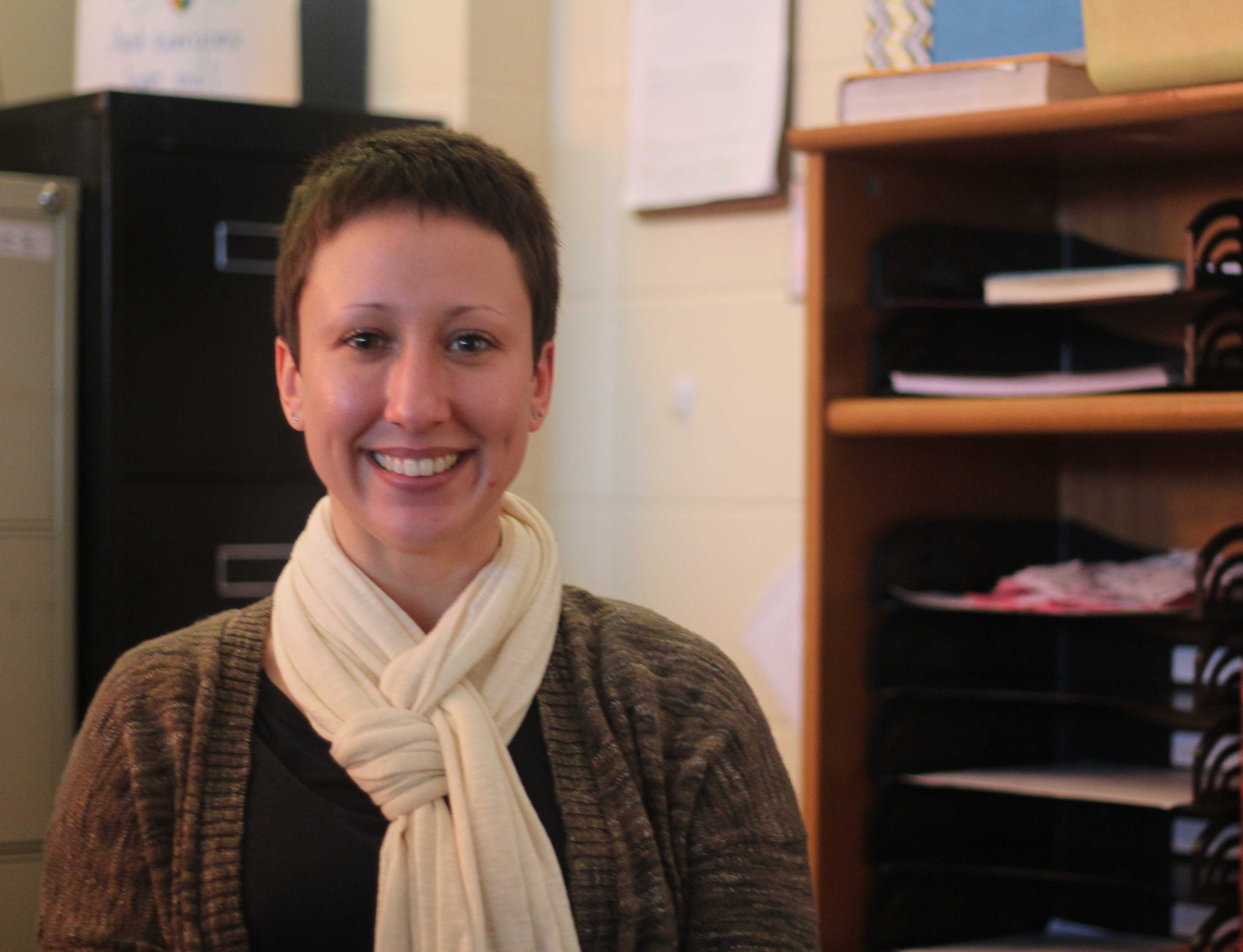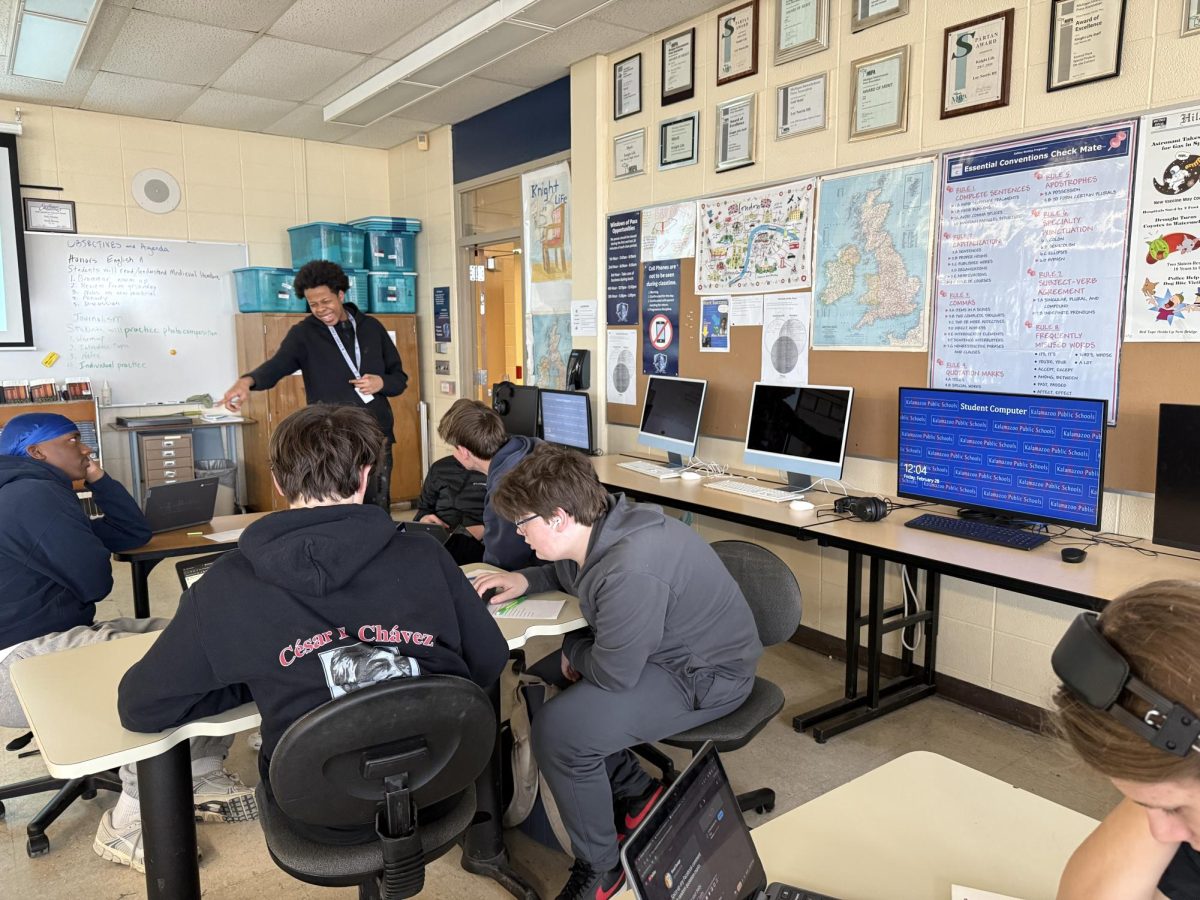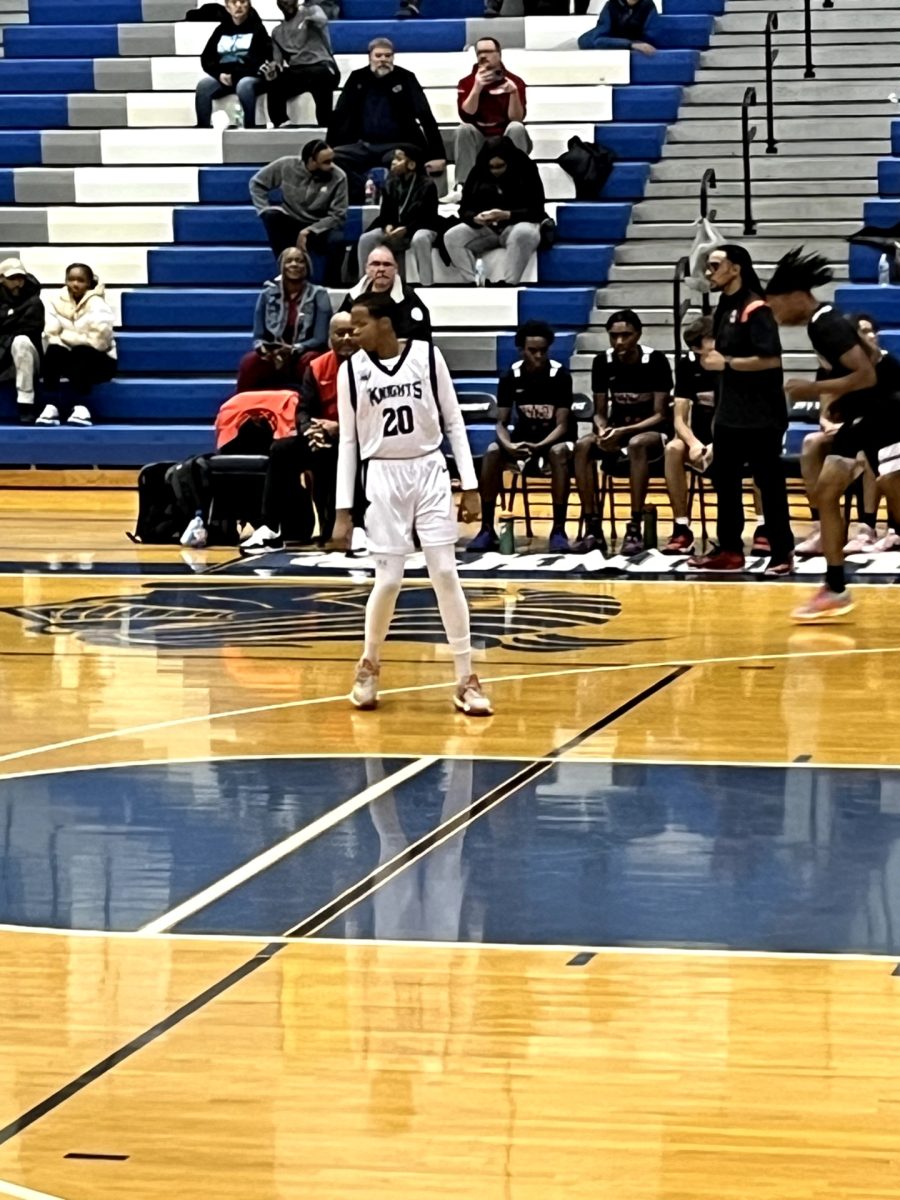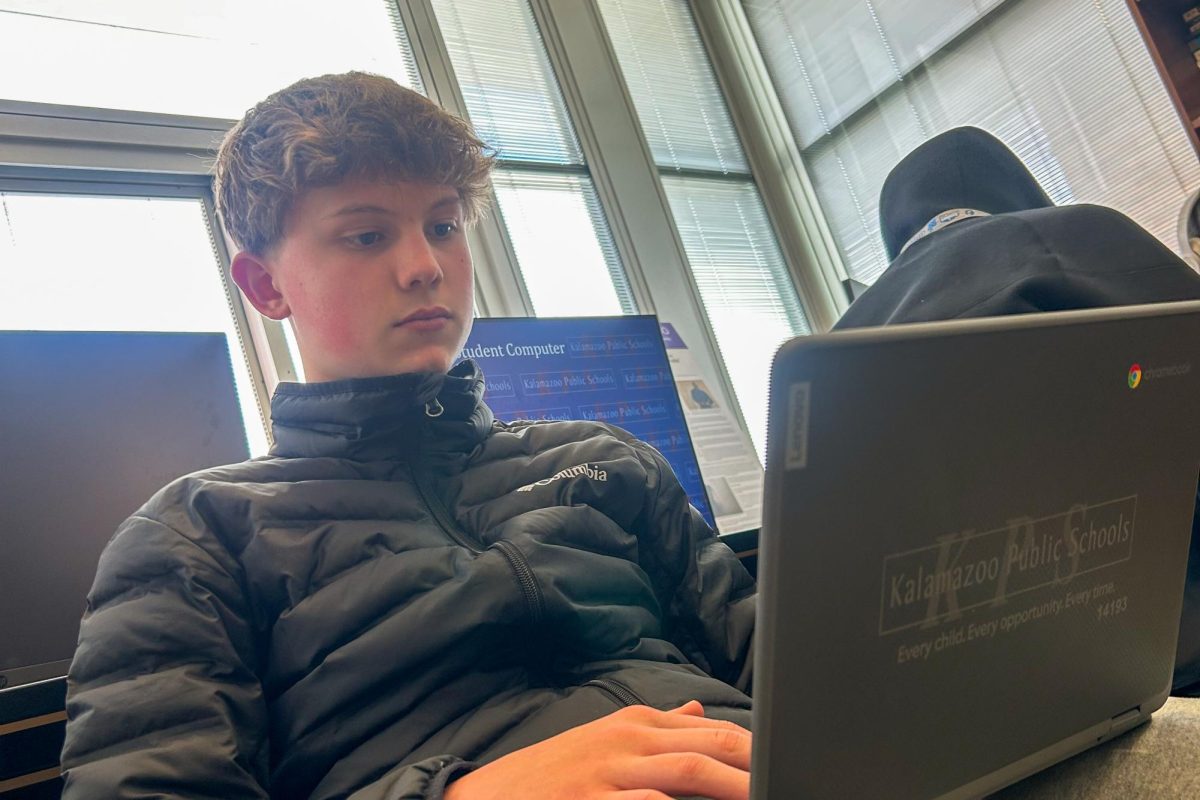

The thought of a group project or an invitation to a party can trigger a painful feeling in the gut. For some, it’ll last only a moment before they’re tranquil and bubbling with excitement. For others, the feeling will morph into a giant blanket of dread and alarm. They hurriedly think up excuses to get themselves out of said social gathering. In other words, some people are extroverts and others are introverts.
Sophomore Halona Hall is a self-described introvert. Introversion is simply not feeling the need to be socially interactive and preferring to spend time alone than with others. So group projects, parties, or simple get-togethers are a hassle if it’s not with friends or people she already knows. Unless she absolutely has to, Hall would rather avoid talking to classmates or people in general.
“I don’t like people,” Hall said, with a shake of her head and a soft laugh, “I really don’t.”
People often confuse introversion with shyness since both have something to do with avoiding social interactions. However, as explained by Louis A. Schmidt, director of the Child Emotion Laboratory at McMaster University, in the article “Introversion vs. Shy,” by Sophia Dembling, shyness and introversion “ . . . in popular media [are] often viewed as the same, we know in the scientific community that, conceptually or empirically, they’re unrelated.”
Hall simply enjoys her own company more than others and likes the idea of having only a handful of friends.
“I prefer less friends,” Hall said, “There’s less drama.”
For introverts, the need to make friends isn’t as urgent as it is for extroverts who crave social interaction. Extroverts love to be surrounded by people, to engage the environment around them, and to dive head first into oncoming challenges in life. Extroverts love the outside world while introverts live in their own, inner worlds.
English teacher Lisa Jensen is another introvert. Jensen doesn’t feel it’s necessary to have the “social butterfly” attribute to be a teacher. Jensen can stand in front of a class of thirty students and give a lecture with ease. However, when it comes to party invites or staff meetings, Jensen would much rather spend time alone, binge watching Netflix Originals.
“I need my alone time,” Jensen said.
While introverts do enjoy having and keeping to their own personal bubble, they still have the need to make connections with others. As opposed to extroverts, who love to have many conversations with multiple groups of people, introverts love to have one-on-one interactions. In other words, introverts need friends too, but they need emotional connections and a push in order to achieve them.
“Thinking about it now,” Jensen said thoughtfully, “I was kind of forced into making friends.”
For some, making a new friend isn’t something that just clicks or happens. Introverts need time to adjust to the idea of being someone’s friend and that they now have someone they need to let in. It can be quite the exhausting feat. Jensen gained her current friends mainly because her job made it a requirement to be interactive. It wasn’t as much of a choice as it was a push. Jensen’s significant other didn’t become significant because he wooed her into his embrace; it took a small dorm room and time.
Introverts aren’t misanthropes that hate all of mankind, nor are they hermits who live alone in the wilderness. Introverts are people that live in a world all their own, perfectly content with their own thoughts. In other words, introverts simply enjoy their own company.







